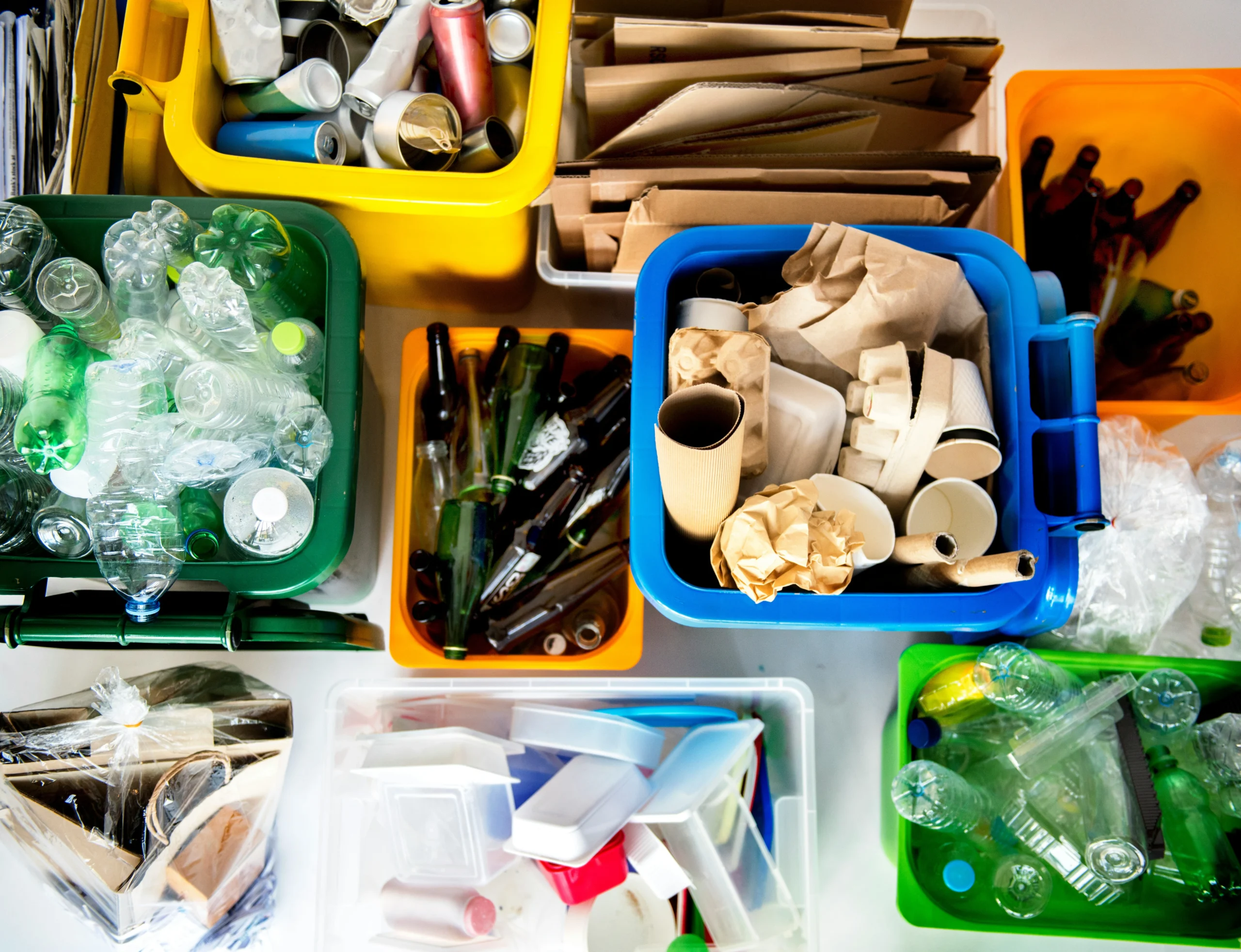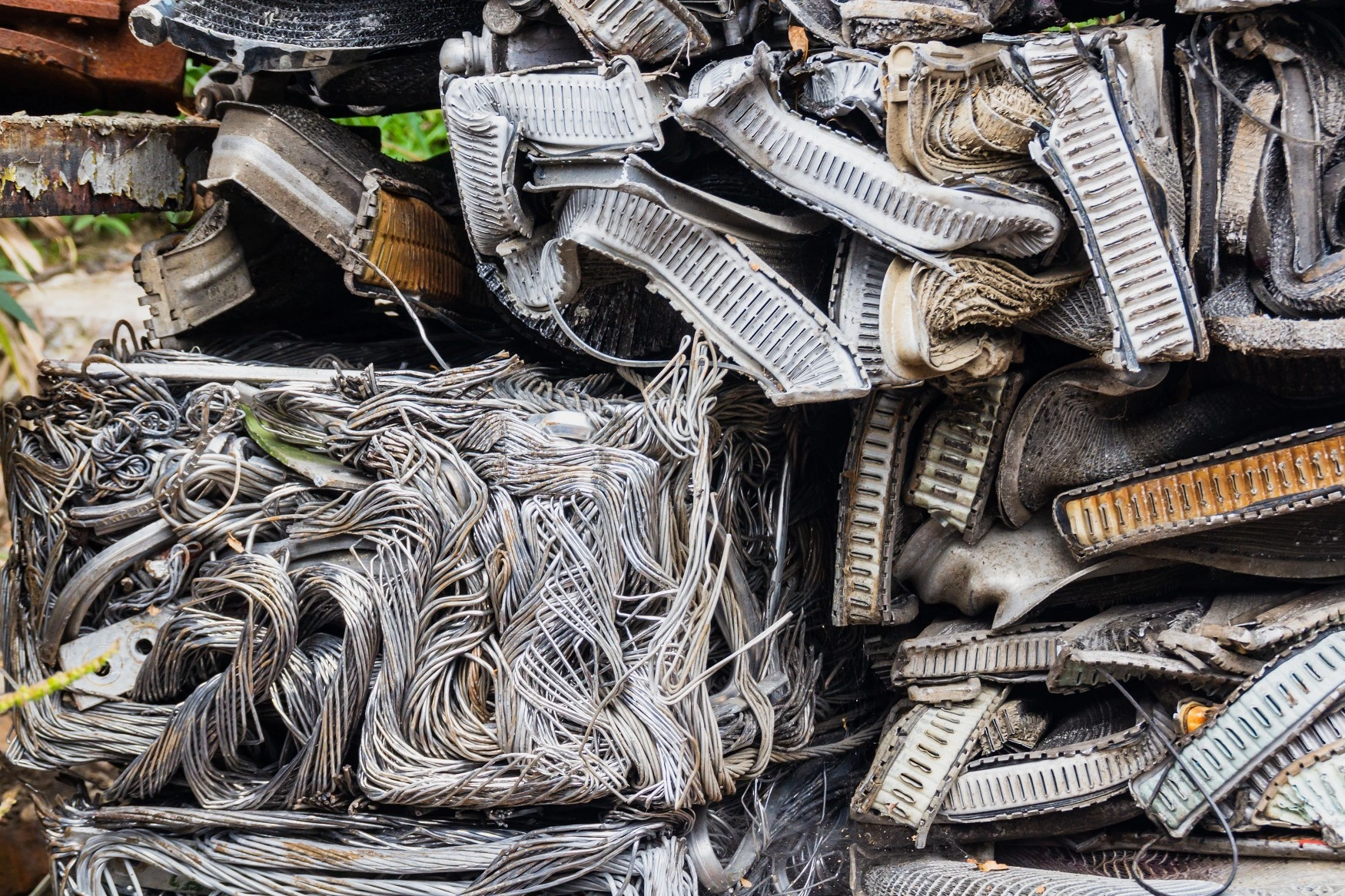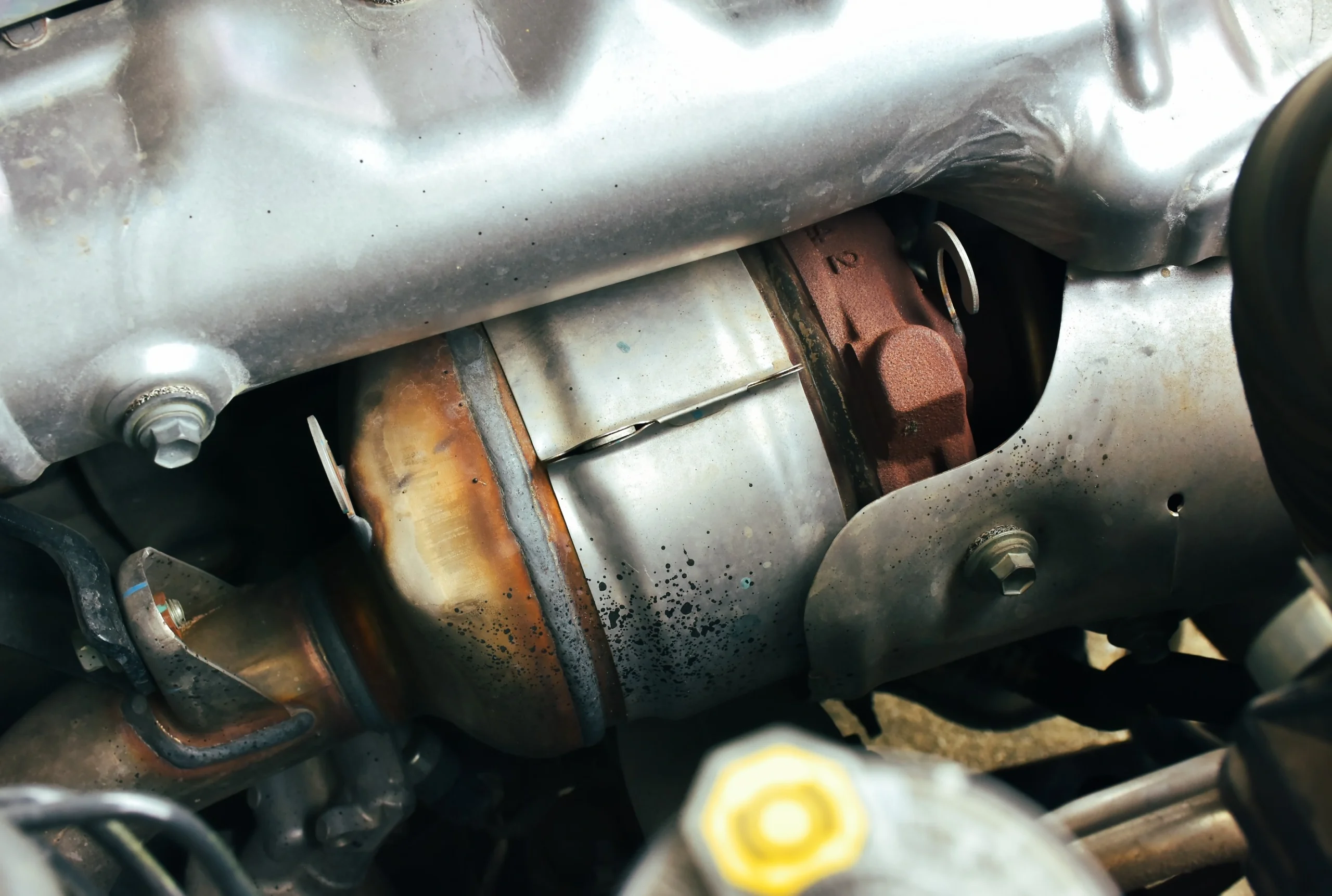Recycling has evolved far beyond the simple paper-plastic-glass bins of decades past. Today’s recycling landscape encompasses everything from everyday household items to sophisticated electronic devices and valuable automotive components. Understanding what materials can be recycled—and their true value—empowers consumers to make environmentally responsible choices while potentially earning money from items they might otherwise discard.
Traditional Recyclables: The Foundation of Sustainable Living
Most people recognize the basic recyclables: paper, cardboard, plastic bottles, aluminum cans, and glass containers. These materials form the backbone of municipal recycling programs worldwide. The Environmental Protection Agency reports that recycling these common materials prevents millions of tons of waste from entering landfills annually.
Paper products, including newspapers, magazines, and office paper, can be recycled up to seven times before the fibers become too short for reuse. Aluminum cans represent one of recycling’s greatest success stories—they can be recycled indefinitely without losing quality, making them incredibly valuable in the circular economy.
What We Can Recycle Today – and Why It Matters
| Recycling Category | What It Includes | Why It Matters | Interesting Fact |
|---|---|---|---|
| Traditional Recyclables | Paper, cardboard, plastics, aluminum cans, glass | Prevents millions of tons of waste from landfills; saves energy and resources | Recycling one aluminum can saves enough energy to power a TV for 3 hours. |
| Paper Products | Newspapers, magazines, office paper | Can be recycled ~7 times before fibers shorten | Recycling 1 ton of paper saves 17 trees and 7,000 gallons of water. |
| Aluminum Cans | Beverage cans | Infinitely recyclable without losing quality | Nearly 75% of all aluminum ever produced is still in use today. |
| Electronic Waste (E-Waste) | Phones, laptops, TVs, gaming consoles | Contains gold, silver, platinum, rare earths; toxic if not processed properly | A ton of old cell phones yields ~300 grams of gold, more than a ton of gold ore. |
| Automotive Recycling (Catalytic Converters) | Catalytic converters in cars | Contain platinum, palladium, rhodium—some of the rarest metals | Rhodium is worth more than gold—peaking at over $25,000 per ounce in 2021. |
| Construction Materials | Steel beams, copper pipes, aluminum siding | High resale value; common in renovations | Construction and demolition waste makes up ~40% of global solid waste. |
| Hidden Household Recyclables | Copper wiring, old batteries, stainless steel appliances | Valuable metals and components can be recovered | The average home contains about 400 pounds of recyclable steel. |
| Environmental Impact | Global recycling initiatives | Reduces greenhouse gas emissions by lowering energy use | Recycling plastic saves twice as much energy as burning it in an incinerator. |
| Global Investment | EU, Japan, South Korea, India, Brazil programs | Circular economy is seen as key to climate targets | EU’s Green Deal aims for 65% of municipal waste recycling by 2035. |
| Future Technology | AI sorting, robotics, chemical recycling | Expands recyclable material range; reduces contamination | Some AI recycling robots can sort 80 items per minute—twice as fast as humans. |
The Hidden Goldmine: Electronic Waste Recovery
Electronic recycling represents one of the fastest-growing and most valuable segments of the recycling industry. Every smartphone, laptop, television, and gaming console contains precious metals including gold, silver, platinum, and rare earth elements. The United Nations University estimates that global e waste generation reaches 54 million tons annually, with only 20% properly recycled.
Modern electronics contain more gold per ton than actual gold ore. Circuit boards, processors, and memory chips house these valuable materials, making electronic recycling both an environmental necessity and economic opportunity. Professional e waste recycling near me services ensure these materials return to the manufacturing cycle rather than polluting soil and groundwater in landfills.
The complexity of electronic devices requires specialized processing facilities. Unlike traditional recyclables that can be sorted manually, e waste demands sophisticated equipment to safely extract valuable materials while properly handling hazardous substances like mercury, lead, and cadmium.
Automotive Treasures: Catalytic Converter Recycling Revolution
Catalytic converters represent perhaps the most valuable recyclable item most vehicle owners never consider. These emission control devices contain platinum, palladium, and rhodium—three of the world’s most expensive metals. The catalytic converter scrap price fluctuates with precious metal markets, but even a standard converter can be worth several hundred dollars.
Understanding catalytic converter prices helps vehicle owners make informed decisions during car repairs or scrapping. Rather than allowing mechanics to dispose of old converters, savvy consumers research catalytic converter buyers near me to maximize their return on these valuable components.
The recycling process for catalytic converters involves careful extraction of the ceramic honeycomb structure that houses the precious metals. Professional recyclers use specialized furnaces and chemical processes to recover these materials, which then return to automotive manufacturers for new converter production.
Beyond the Obvious: Unexpected Recyclable Materials
Many items people discard actually hold significant recycling value. Copper wiring, stainless steel appliances, and even old batteries contain recoverable materials. The Institute of Scrap Recycling Industries provides comprehensive guides for identifying valuable recyclables hiding in plain sight.
Construction materials like steel beams, copper pipes, and aluminum siding command substantial prices in scrap markets. Home renovation projects often generate hundreds of dollars in recyclable materials that homeowners might otherwise pay to have hauled away.
Environmental Impact: Why Recycling Matters More Than Ever
Climate change concerns have elevated recycling from a feel-good activity to an environmental necessity. Manufacturing products from recycled materials typically requires 60-90% less energy than creating them from raw materials. This energy reduction translates directly into lower greenhouse gas emissions and reduced environmental impact.
Countries worldwide are dramatically increasing their recycling investments as climate targets become more urgent. The European Union has allocated over €10 billion specifically for circular economy initiatives, while nations like Japan and South Korea have doubled their recycling infrastructure spending in recent years. These substantial financial commitments reflect a global shift toward viewing recycling as essential climate action rather than optional environmental policy.
Developing nations are also joining this movement, with countries like India and Brazil launching ambitious recycling programs backed by billions in government funding. The World Wildlife Fund emphasizes that recycling one ton of paper saves approximately 17 trees, 7,000 gallons of water, and enough energy to power an average home for six months. These statistics demonstrate recycling’s tangible environmental benefits, which governments worldwide now recognize as critical for meeting carbon reduction targets.
Maximizing Your Recycling Impact: Practical Strategies
Research local recycling programs to understand which materials they accept. Many municipalities have expanded their programs to include electronics, batteries, and even textiles. Community e waste recycling near me events often provide convenient disposal options for items too large or complex for regular recycling bins.
Proper preparation maximizes recycling efficiency and value. Clean containers, remove labels where required, and separate different material types. For high-value items like catalytic converters or electronic devices, research current market prices and reputable buyers before making disposal decisions.
The Future of Recycling: Technology and Innovation
Emerging technologies promise to revolutionize recycling efficiency and expand the range of recyclable materials. Advanced sorting systems using artificial intelligence and robotics can identify and separate materials with unprecedented precision. These innovations make recycling more economically viable while reducing contamination rates.
Chemical recycling technologies now allow previously non-recyclable plastics to be broken down into their molecular components and reformed into new products. This breakthrough addresses one of recycling’s biggest challenges—plastic diversity and contamination.
Making Informed Recycling Decisions
Understanding what can be recycled empowers consumers to make environmentally responsible choices while potentially generating income from discarded items. From traditional materials like paper and aluminum to high-value items like catalytic converters and electronic devices, today’s recycling landscape offers numerous opportunities for both environmental stewardship and economic benefit.
The key lies in education and preparation. Research local recycling options, understand material values, and approach recycling as both an environmental responsibility and potential income source. Professional recycling companies like South Group Recycling are leading the charge in maximizing recovery value while ensuring environmentally responsible processing. Every recycled item represents a step toward a more sustainable future while keeping valuable materials in productive use rather than polluting our environment.
FAQ
What are the most common recyclable materials?
The most widely recycled items include paper, cardboard, plastic bottles, aluminum cans, and glass containers. These form the foundation of municipal recycling programs and prevent millions of tons of waste from reaching landfills each year.
Why is electronic waste recycling so important?
E-waste contains valuable metals such as gold, silver, platinum, and rare earth elements, but also hazardous substances like mercury and lead. Recycling electronics helps recover these precious materials and prevents toxic pollution in soil and water.
Are catalytic converters really valuable for recycling?
Yes! Catalytic converters contain platinum, palladium, and rhodium—three of the world’s most expensive metals. Even a standard converter can be worth several hundred dollars, making them one of the most valuable items for automotive recycling.
How does recycling help fight climate change?
Manufacturing products from recycled materials requires 60–90% less energy than using raw resources. This directly reduces greenhouse gas emissions, lowers energy use, and conserves natural resources like trees and water.
What are some surprising items that can be recycled?
Beyond the basics, many overlooked items can be recycled for value, including copper wiring, stainless steel appliances, batteries, and even construction materials like steel beams and copper pipes. These often bring significant returns in scrap markets.



